#DataIsBeautiful
Explore tagged Tumblr posts
Text

Are you a DataFrame? Because you've got all the right columns, and I'm ready to manipulate our data into something meaningful. .
2 notes
·
View notes
Text
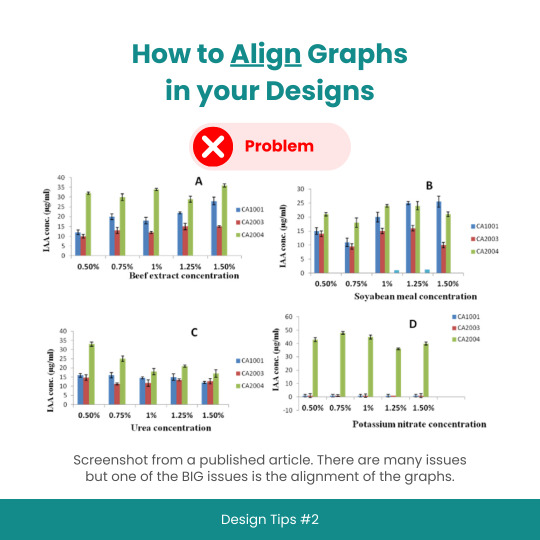
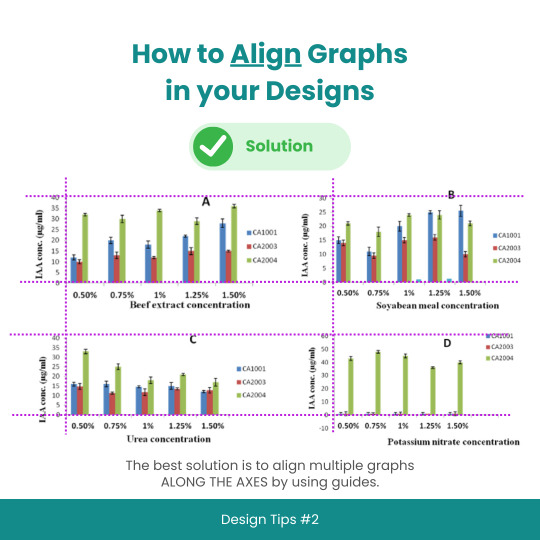
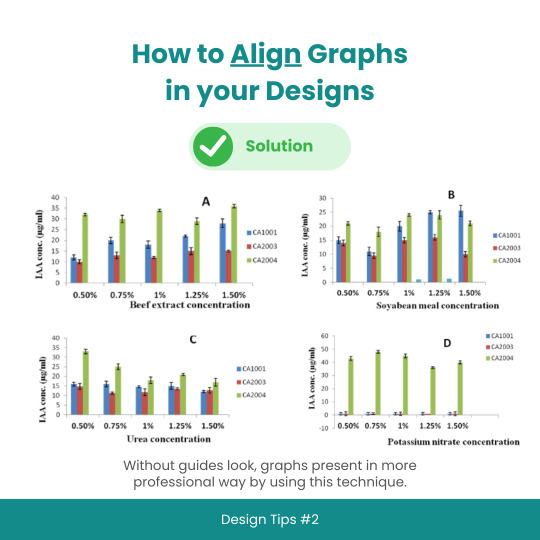
Design Tips #2: How to Align Graphs in your Designs
#designtips#datavisualization#graph#data#statistics#analytics#dataisbeautiful#chart#dashboard#datagram#dataart#infographic#informationisbeautiful#datatellingstories#datadesign#ddj#datasketch#dataviz
3 notes
·
View notes
Text
Data Science and Artficial Intelligence Key concepts and Application
Introduction
In the modern world with constantly developing technology Data Science vs Artificial Intelligence are becoming more and more interrelated. While Data Science is concerned with mining data So AI takes it a step higher by building machines with the ability to learn, reason and even decide. The integration of these two disciplines is revolutionalising various industries throughout the world by bringing in optimised systems and strategies. As Data Science plays the role of creating the proper input by putting together clean and organized data, AI extends it by creating smart models that learn. Combined, they comprise the generation that embraces the future of innovation and development for countless opportunities in almost every industry.
What is Data Science?
Data Science is a multi-disciplinary field, which deals with the processing of data into meaningful information. It combines some methods from statistics, machine learning, as well as data engineering to work with data, make conclusions, and provide decision support. Some of the most used are python, R and SQL which assist in cleaning, processing and even visualization of data.
What is Artificial Intelligence?
Artificial Intelligence (AI) on the other hand is the reproduction of human intelligence methodologies by computer systems. It basically implies the ability of a machine to imitate functions that are normally associated with human cognition for instance, speech recognition, decision making and problem solving among others. Machine learning is one of the main branches of AI; others are natural language processing and computer vision that lie behind voice assistants and self-driving cars.
Fundamental Concepts of Data science and Artificial Intelligence
Core Differences Between Data Science and AI: Although Data Science and AI are related, they are two different fields although share some similarities. Data Science is about discovering information from data with the help of statistics, AI is about building machines that act like humans. Data Science mostly involves exploration, discovery and analysis of patterns and trends in data while AI also emulates decision-making in addition to analysis. AI also relies on models that are self-tuning and can become better with time unlike the conventional data analysis techniques.
Overlap Between Data Science and AI: The most apparent intersection of Data Science and AI is machine learning (ML). This is because ML models which are the key components of AI work using data which is gathered, purified and formatted by Data Scientists. Due to this, data science is associated with AI where the quality of data determines the success of the
Key Components of Data Science and Artificial Intelligence
Data Science Components:
Data Collection: The first step that is involved in this process is collection of raw data from sources such as databases, internet APIs or surveys.
Data Cleaning and Processing: This includes error correction, management of missing values, and data format transformation for further analysis.
Statistical Analysis and Visualization: Data Scientists employ statistical techniques to analyze the data and employ graphical interfaces such as Mat plot lib or Power BI to portray the results in a comprehendible manner.
Data Modeling and Interpretation: The last process is the modeling process which include creating models such as predictive models to yield information and make decisions.
AI Components:
Machine Learning Algorithms: They include supervised learning algorithms such as classification, regression learning algorithms, unsupervised learning algorithms including clustering and dimensionality reduction learning algorithms as well as reinforcement learning algorithms.
Natural Language Processing (NLP): NLP is an important component that helps AI systems understand and produce human language needed in functions such as voice recognition or translation.
Computer Vision: Image processing is a way that AI decode the visual information which may help in the implementation of features such as face identification, objects’ detection/ recognition, and radiography.
Robotics and Automation: Robots are capable of executing operations with the help of AI to make them operate independently whether in factories or usage in hospitals and several other houses.
Data Science: Applications and Use Cases
Business Intelligence and Analytics: Data Science helps make decisions as it gives business insights derived from data analytics. Banks and other companies incorporate predictive analytics into their business models to be able to predict market trends, manage the most effective ways of marketing as well as categorize customers. They are currently using big data analysis to understand the patterns of consumer behavior such that businesses can create innovative products and services.
Healthcare: It is also widely used in the field of healthcare where patient data analysis is paramount in the treatment processes through the formulation of individualized treatment plans. It also helps in medical research where it reviews clinical data, identifies the compatibility of drugs as well as ability to forecast diseases using epidemiology data.
Finance: Banks, making efficient use of various data types, use data science, for example, to detect credit card fraud, to assess credit risk for loans, and for algorithmic trading. Machine learning, with an ability of learning from previous data formerly processed, can predict a given transaction as fraudulent and, therefore, limit financial fraud. Besides, they create models that they use to predict the market and hence help in investment decisions.
E-commerce: E-commerce organizations leverage data science to develop customized shopping experiences based on user behavior. Such techniques allow developing valuable insights about demand and supply and applying them to inventory management.
Artificial Intelligence: Uses of applications and specific examples
Autonomous Vehicles: Self-driving automobiles employ AI in processing data coming from the different sensors, cameras and radar systems to compute environment. AI assist in real-time decisions making including identifying of barriers, pedestrian movements and traffic unpredictable scenes.
Healthcare: For example, some of the industries that AI is disrupting includes medical imaging, diagnostics, and even patient personalized treatment. The AI technologies help the doctors to identify the irregularities in the X-rays and the MRIs, diagnose diseases at the initial stage, and prescribe the right medications according to the patient’s genes.
Retail and Customer Service: AI helps the customers through the artificial intelligence in the form of chatbots and virtual assistances which respond to the customer queries and suggestions, ordering processes etc. The customer profiling systems used by AI-enabled applications based on the customer’s penchant to prescribe products that suit their tastes.
Manufacturing and Robotics: In the process of manufacturing, AI is applied in facilitating production processes to minimize the use of human resource and time wastage. AI is also used in the predictive maintenance whereby it studies data from the equipment to forecast when it will fail and when it should be taken for maintenance.
Data Science vs Artificial Intelligence
Focus and Objectives:
Data Science is mostly about analysis and deeper interpretation of the essence of a problem about data. It aims to utilize data for decision-making purposes.
AI is centered on designing machines that can smartly execute tasks including the ability to decide, learn, and solve problems.
Skill Sets:
For a Data Scientist, fundamental competencies are data management, data analysis, and programming knowledge of SQL, Python, and R but for an AI professional their competencies are in algorithm implementation, different machine learning approaches, and implementation of AI using toolkits such as Tensor flow and Pytorch among others.
Tools and Technologies:
Data Science: They include pandas, numpy, R, and Matplotlib for data manipulation and visualization.
AI: Accessible tools that are employed for the training and development of machine learning models include TensorFlow, Scikit-learn, and Keras.
Workflows and Methodologies:
Data Science: It involves analyzing and processing data by following key steps such as data collection, cleaning, inspection, visualization, and analysis to extract meaningful insights and inform decision-making.
AI: Typically, it encompasses model construction, model training, model validation, and model deployment with a data set of big data and compute power for deep learning.
The Convergence of Data Science and AI
How Data Science Enables AI: Data Science is the most important part and the base of all AI projects because AI profoundly relies on clean structured data for training the models. To be more precise, data scientists clean up and engineer large amounts of data to be ready for learning by artificial intelligence. This means that if data science is not well done within an organization then the ability of AI models to perform will be affected by poor quality data.
AI Enhancing Data Science: AI is simplifying many challenges in Data Science by applying it in various areas and being a tool in data preprocessing through cleaning data, feature selection, and other applications like anomaly detection. With the help of AI tools data scientists can manage and accomplish tasks more quickly and discover insights at a higher pace.
Future Trends in Data Science and AI
Integration of AI in Data Science Workflows: AI is being integrated into the Data Science process as a crucial enabler which is evident by the increasing use of AutoML systems that are capable of selecting the model, training as well and tuning it.
Evolving AI Applications: SI is transitioning from single-skill oriented to multiskilled machines, thus giving a more generalized system that will require much less human interaction. Others includeData privacy, bias, and accountability issues are emerging as ethical issues in the development of AI.
New Opportunities for Collaboration: This is because the two areas of Data Science and AI will continue to develop with increased integration across multiple disciplines. The teams will include data scientists, artificial intelligence engineers, and specific subject matter domain experts who will come together to work on intricate challenges and build intelligent solutions for sectors such as healthcare, finance, and education.
Conclusion
Even though Data Science and AI have to do with data and data processing, their objectives and approaches are not the same. Data Science is the process of drawing inferences or making decisions with the help of data and AI is about creating autonomous entities which can learn on their own. The future of both fields is however interrelated in the sense that an AI system will depend on the kind of data processed by data scientists. Data Science and AI require competent workers or specialists who are equipped with efficient knowledge in those industries. The demand for professionals in Data science and AI will rise as various companies across their kind embark on gainful research through advanced technology.
#DataScience#MachineLearning#ArtificialIntelligence#BigData#DeepLearning#DataAnalytics#DataVisualization#AI#ML#DataScientist#LearnDataScience#DataScienceCareer#WomenInDataScience#100DaysOfCode#TechCareers#Upskill#Python#NumPy#Pandas#TensorFlow#ScikitLearn#SQL#JupyterNotebooks#Kaggle#DataScienceCommunity#AIForGood#DataIsBeautiful#DataDriven
0 notes
Text
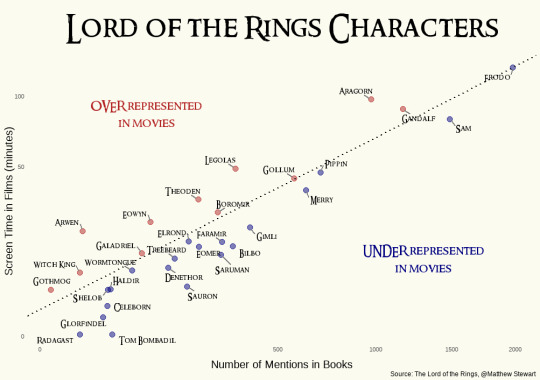
Graph found on Reddit gauging character representation in Peter Jackson's LOTR Trilogy and Tolkien's LOTR books.
#r/dataisbeautiful#@matthewstewart#peter jackson's fellowship of the ring#peter jackson's return of the king#peter jackson's two towers#lotr#tolkien#unsure if accurate but worth a thought
218 notes
·
View notes
Photo

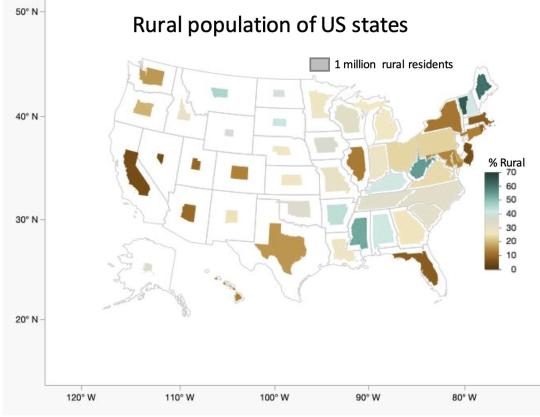
Rural population of US states
by u/DrTonyTiger
2K notes
·
View notes
Text
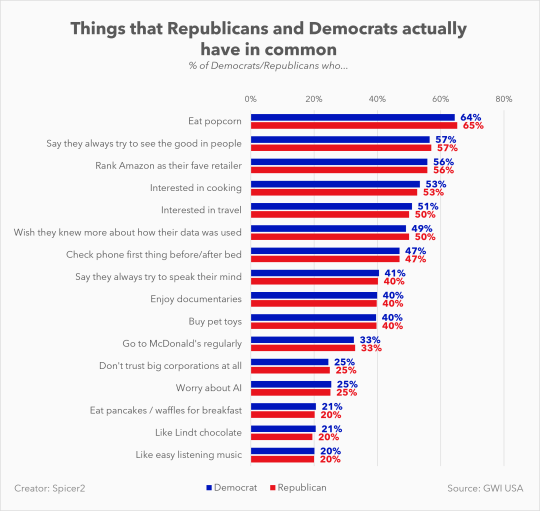
Things that Republicans and Democrats actually have in common
(by spicer2/dataisbeautiful)
115 notes
·
View notes
Text

Number of Exoplanets discovered from 2010-2023.
(chart by insane_ravager/dataisbeautiful)
82 notes
·
View notes
Text

source: https://www.reddit.com/r/dataisbeautiful/comments/1cti1rz/do_ufo_sightings_happen_near_airports_best/#lightbox
6 notes
·
View notes
Text
r/dataisbeautiful is heaven for my autistic brain
10 notes
·
View notes
Note
https://www.reddit.com/r/dataisbeautiful/comments/65vxvk/pokemon_types_distribution_by_region_oc/?rdt=40304
maybe this could help?
Now I gotta make a chart to see how it compares
2 notes
·
View notes
Text
The topography of Africa
Source (https://reddit.com/r/dataisbeautiful/comments/14ivq1l/oc_the_topography_of_africa)

View On WordPress
5 notes
·
View notes
Text
Tumblrs version of r/dataisbeautiful
chart of my age over time
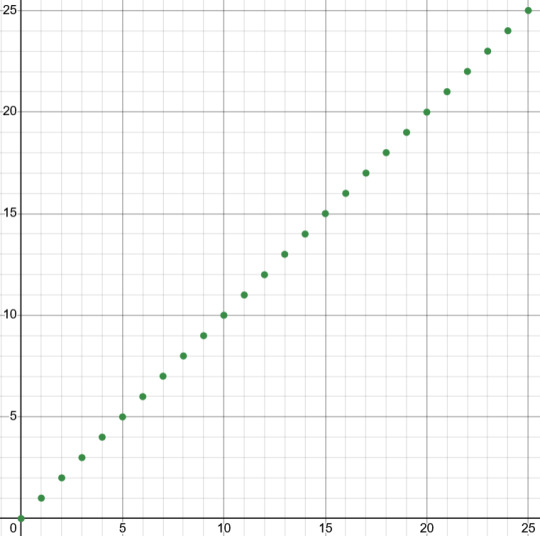
25K notes
·
View notes
Text

https://www.reddit.com/r/dataisbeautiful/comments/193g62s/oc_ceo_vs_median_worker_pay_in_the_us/
0 notes
Photo
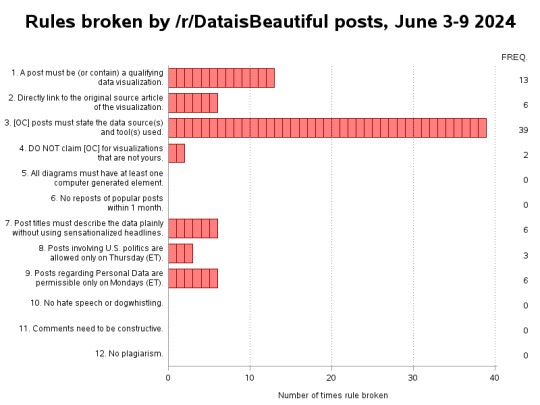
Remix: Rules broken by /r/dataisbeautiful posts 2024 June 3–9
by graphguy
23 notes
·
View notes
Text
Here is if anyone wants the actual source of the graph and see some more fun information :)
https://colinmorris.github.io/blog/compound-curse-words
(the graph from Bluesky is from subreddit r/dataisbeautiful where the author published that graph and gave the link to his github)

(via @slop.guru on Bluesky)
#petition to put “shitrag” into Wiktionary#cursing#swearing#compound curse words#reddit#source searching#linguistics
18K notes
·
View notes
